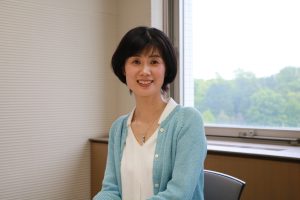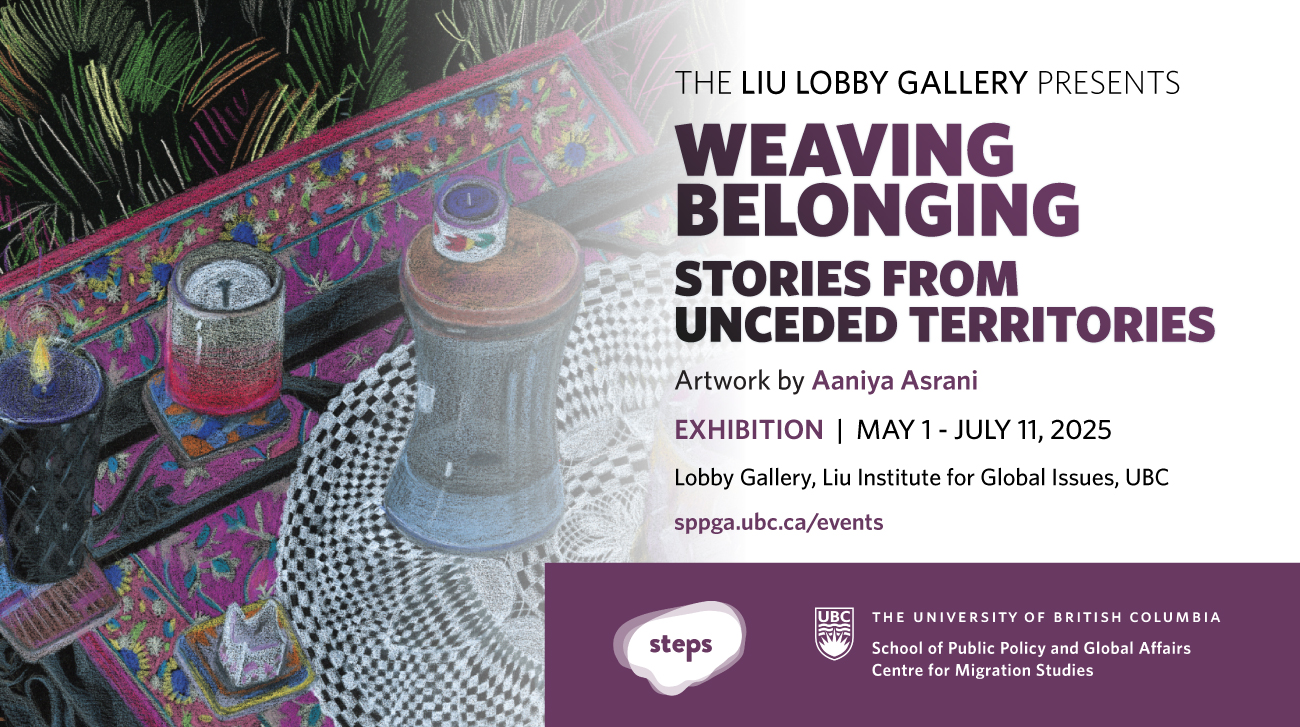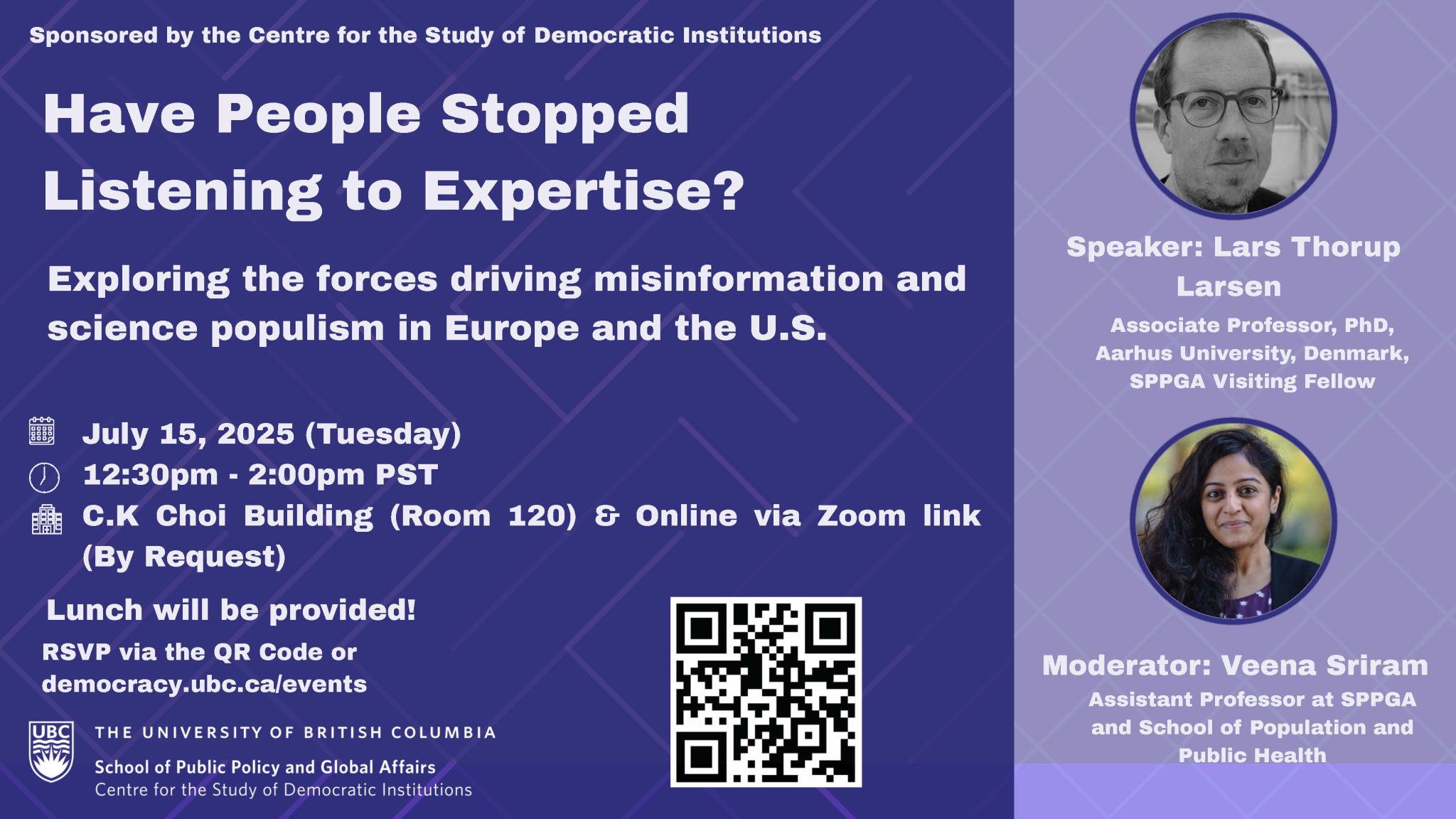Abstract: Japanese society is changing rapidly toward having more linguistic and cultural diversity since the Japanese government is strongly promoting a system where more international workers and students stay in Japan. In order to promote a linguistic and culturally inclusive society, Japanese people need to change their outlook and overcome their attitude of dealing with ethnic minorities by either total assimilation or exclusion, as they have in recent history.
In this talk, I will focus on higher education in Japan, and discuss how people with linguistic and cultural differences can live together, focusing on the Japanese majority. I will present an overview of English-medium instruction courses which MEXT leads to promote internationalization in higher education in accordance with the government’s “300,000 International Students Plan” policy of 2008. I will also present an overview of yasashi nihongo, which is a simplified Japanese language, used initially in the aftermath of the Hanshin Earthquake but now used as a common language between linguistically diverse residents in local communities. I will focus on a lecture mainly targetting Japanese students used to promote positive attitudes for linguistic and cultural diversity and to teach how to communicate with linguistic others in a university campus.



